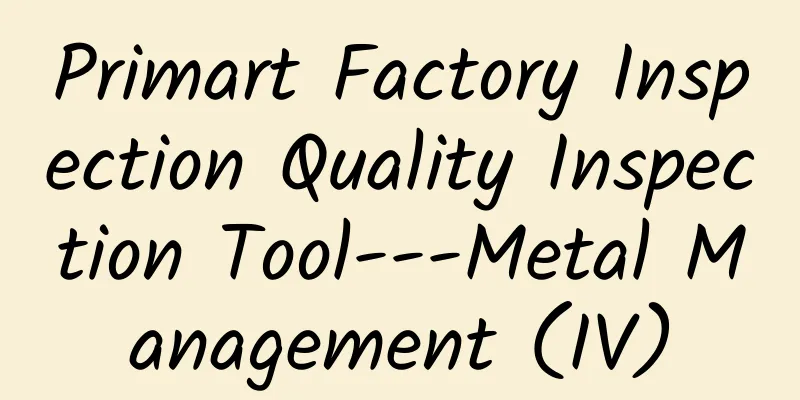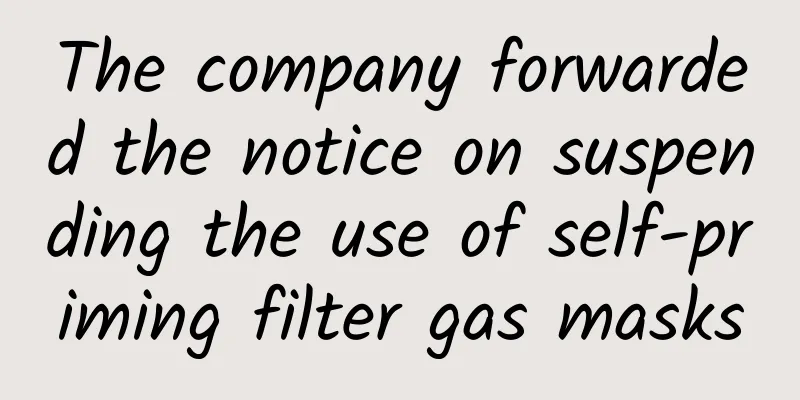Primart Factory Inspection Quality Inspection Tool---Metal Management (IV)

|
Primark Factory Inspection -Quality-Tool---Metal Management (IV) Blades, knives, scissors and shears Knives, razor blades, scissors and shears may be used anywhere in a factory, from the cutting room to the warehouse. • Records must be kept of all knives, blades and loose scissors in stock Pins and Staples • Pins and staples are not allowed anywhere in the production area, including the sample room Small metal parts In the production area, rivets, prongs, buttons and metal buckles need to be managed to prevent any from being left behind and falling into pockets or other closed parts of the garment. If the buttons cannot be fed automatically during the button sewing process, the work area must be set up to store these small metal parts: •Workbench with side guards to prevent small metal parts from falling to the ground Sample room •All needle and blade/knife procedures must be performed between samples. |
<<: Primark-Liqi-Quality---Metal Management
>>: H&M and Levi's announce global supplier ban on sandblasting
Recommend
What is SHEIN? What are the advantages of the SHEIN platform?
What is SHEIN? SHEIN is a cross-border B2C fast f...
How about Wanxiang Supply Chain? What are the advantages of Wanxiang Supply Chain?
How about Wanxiang Supply Chain? Wanxiang Supply ...
The development of textile enterprises in the Pearl River Delta faces new choices
With the rapid economic development, the Pearl Ri...
2013 Latest Standards - Walmart High-risk Project Recruitment Violations
1. No effective recruitment process ① No personne...
ALDI factory inspection requirements——BSCI
As a member of BSCI, all European sales offices o...
eBay Sellers’ Guide to Ending Your Listing Early
During the eBay sales process, you may not be abl...
Three reasons for the emergence of social responsibility standards
There are three main reasons for the emergence of ...
Wal-Mart COC Audit policy change-2009
Dear Supplier, Hello, WAL-MART Supplier Please fin...
What is Tianhai Kangsote Customs Management Consulting? What services does Tianhai Kangsote Customs Management Consulting provide?
Shanghai Tianhai Kangsote Customs Management Cons...
What are the functions of Asinking?
Data Report Three-dimensional sales analysis and ...
What is BuiltWith? What are the advantages of BuiltWith?
What is BuiltWith? Founded in 2007, BuiltWith is ...
What is FlatIcon? What are the functions of FlatIcon?
The icons included in FlatIcon are all monochrome...
All BSCI members who need factory inspection (Part 2)
Dykon A/S factory inspection consultation/certifi...
Indian fashion retail brand Clovia completes $10 million Series C financing
On January 28, Economic Times reported that Clovi...
Knot Standard—Suit customization website
KnotStandard is a professional suit customization...









